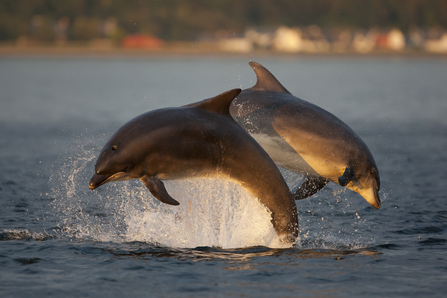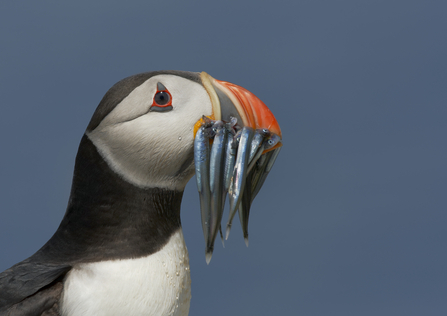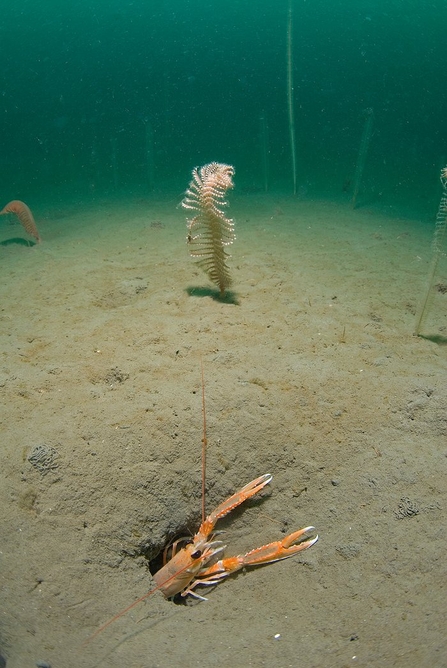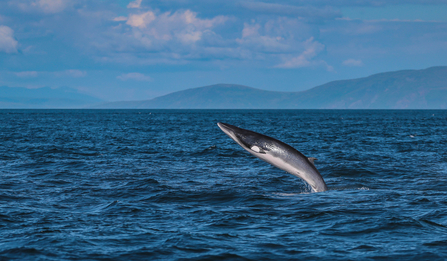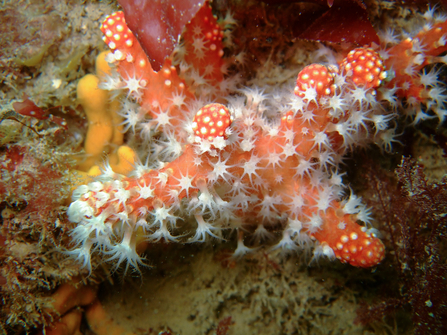On the 4 July 2019 a byelaw is introduced by the Marine Management Organisation to prohibit damaging fishing activities West of Walney Marine Conservation Zone (MCZ), 3 years after the site was first created.
It is important not to lose sight of the progress made and the wins for conservation – whether big or small.
The creation and management of MCZs is something that we have been fighting for, for over a decade, and there is still a lot of work to do. It is something that I feel passionately about but it can feel like an overwhelming task at times!
It is important however, not to lose sight of the progress made and the wins for conservation – whether big or small. Just over a month ago the Government created 41 new MCZs which will go a long way towards completing a network of marine protected areas throughout our seas.
Recently, more and more of the 50 MCZs created over the past six years have seen management measures enforced. This is no mean feat. And this is why today is one of those moments for us to reflect and celebrate how far we have come.


